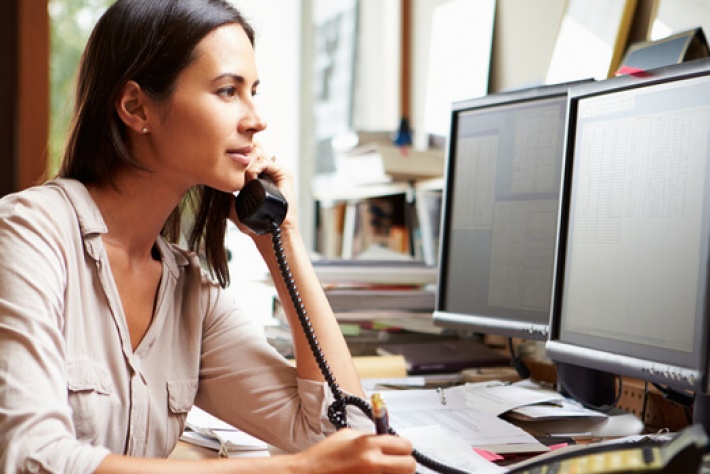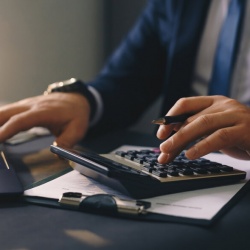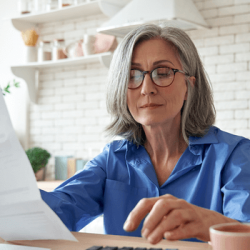Sole Traders: How to pay yourself and put enough aside for tax

As a sole trader you fall outside the PAYE system by which employees receive their salary and pay tax. You’re also unable to take part of your pay as dividends, as this is only available to limited company directors.
So how do you pay yourself as a sole trader, and how much should you put aside to pay your tax bills?
Paying yourself as a sole trader
Your pay as a sole trader is taken from the business as ‘drawings.’ It’s important to segregate your business finances by opening a separate business bank account - it makes bookkeeping much easier, and also helps you remain compliant with HMRC. You include your ‘drawings’ in your books or accounting software, and list all the amounts you’ve paid yourself.
Saving for sole trader tax
Tax as a sole trader is based on business profits, and is reported and paid through the self-assessment tax system. Profits are calculated using your turnover, and then deducting any allowable expenses.
It’s essential to put money aside for tax from your monthly income to avoid financial difficulty when payments become due, and it also helps you avoid the fines and penalties HMRC apply for late or incorrect filing and payment.
How much to put aside for tax as a sole trader
As you’re taxed on business profits you can calculate how much to put aside for tax using your annual profit figure. For example, it’s recommended that 25% of turnover is set aside for tax if you have profits up to £50,000.
If your business makes more than £50,000 in profit, but no more than £100,000, it’s advisable to save around 40% for tax. The main point to remember is that, instead of tax being deducted at source as happens in employment, you must set it aside - preferably in a separate savings account.
You’ll also need to factor in your National Insurance contributions as a sole trader. You pay Class 2 NICs, plus Class 4 if profits reach a certain level, and these payments will appear on your tax bill.
Don’t forget payments on account
If your tax bill is more than £1,000, you may have to make payments on account to HMRC. The payment on account system can cause financial difficulty if you’re not expecting it, as HMRC charge an additional 50% on account, in addition to the current tax liability. Payments on account are made twice a year - at the end of January and the end of July.
Even though paying yourself as a sole trader is relatively simple, ensuring you comply with this complex tax system can be difficult. Obtaining professional accounting support is always a good idea, but it’s not always easy to find a good accountant in your area.
That’s where Handpicked Accountants can help. We’ve developed longstanding professional relationships with accountants around the UK, and can put forward a shortlist of referrals for your business. Please contact one of the team to find out more.


